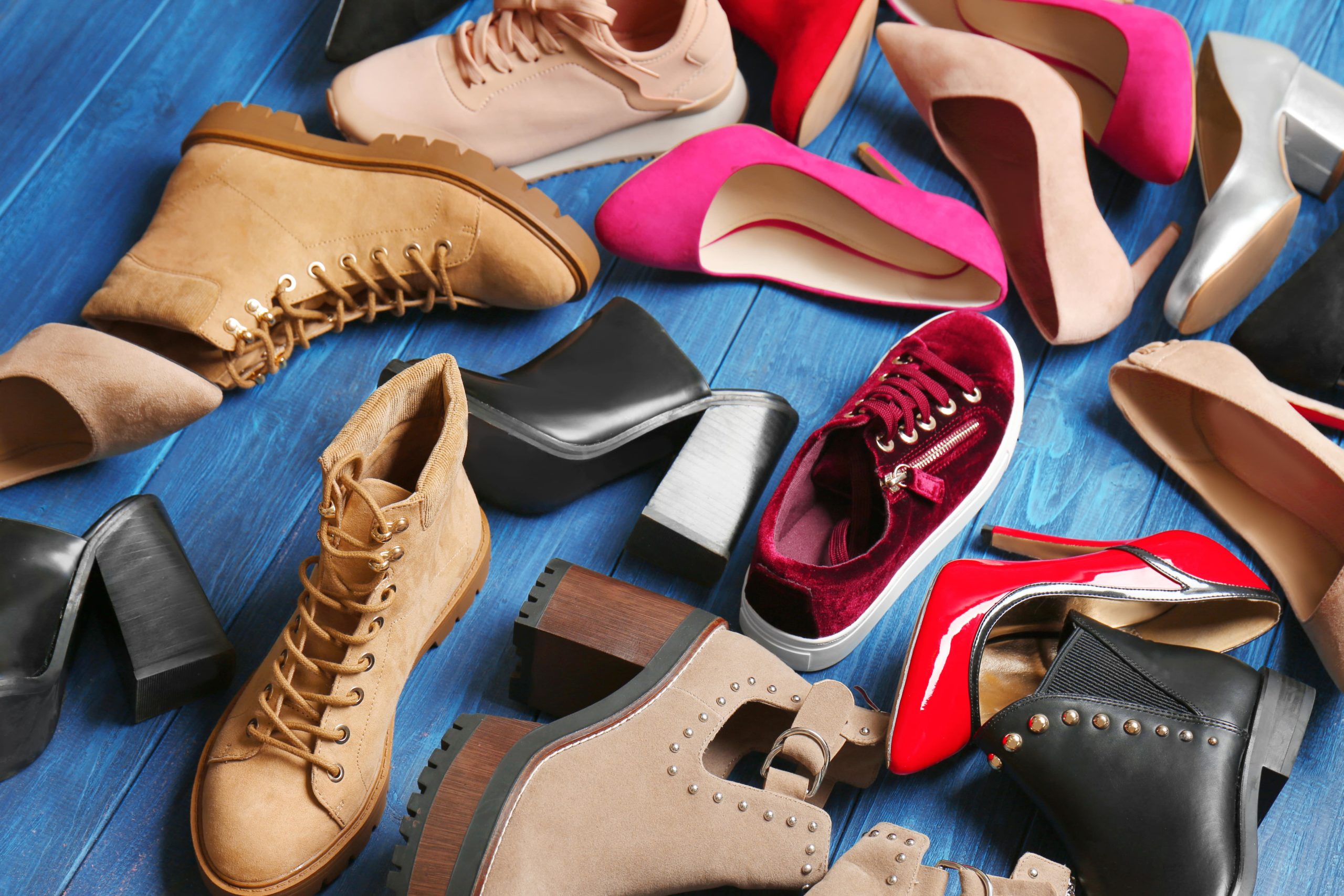

As podiatrists, we see a lot of people who are dealing with calluses and corns on their feet. These are common foot conditions that can be caused by a variety of factors, but one of the most common is footwear.
Wearing ill-fitting shoes or shoes that don’t provide enough support can cause your feet to develop calluses and corns. These conditions can be painful and unsightly, and they can make it difficult to walk or stand for long periods of time. In this blog, I’ll explain how footwear can contribute to the development of calluses and corns, and what you can do to prevent them.
What are calluses and corns? What’s the difference?
The skin is our largest organ and protects us from external threats. When the skin undergoes continuous moments of stress or trauma, the body recognises this and signals the skin to thicken. This defence mechanism strengthens our skin to these outside forces – which is a good thing. A callus is a diffuse thickening of a patch of skin, whereas a corn has the defining feature of a central core. This is basically because a callus has formed on a small region which has been pressed back into the foot in such a way that it has become inverted. For this reason, corns are typically found on the toes although that’s not to say that they can’t develop elsewhere.
Calluses and corns are usually not serious, but they can be painful and affect the appearance of your feet. Left untreated, calluses and corns can make it difficult to wear certain types of shoes, and they can make it uncomfortable to walk or stand for long periods of time. Whilst less common, calluses and corns can break down to form ulcers, especially in the presence of diabetes. So it is important not to ignore them, particularly if they are getting progressively worse.
How footwear contributes to the development of calluses and corns
Wearing shoes that don’t fit properly can be a common cause of calluses and corns. Shoes that are too tight can rub against the skin, causing friction and pressure that can lead to the development of calluses and corns. Shoes that are too loose can still contribute to the problem too, as your feet may slide around inside the shoes, creating the same friction.
Shoes with high heels or narrow toe boxes can also lead to the development of calluses and corns. High heels put pressure on the balls of the feet, which can lead to calluses. Narrow toe boxes can cramp the toes, leading to the development of corns.
Preventing calluses and corns
The best way to prevent calluses and corns is to wear shoes that fit properly and provide adequate support. When shopping for shoes, look for:
- Shoes that are the right size and width for your feet.
- Enough room in the toe box for your toes to move around comfortably.
- Low heels and a wide toe box, as these will provide more support and help distribute your weight evenly across your feet.
- Avoid shoes with narrow toe boxes or high heels, as these can cause pressure points that can lead to the development of calluses and corns.
A simple test of shoe shape is to sit it next to your foot and compare the shape of the shoe to your foot. If your toes don’t look like the shoe toe box then there’s a good chance you may develop one of these pressure areas.
What to do if you already have calluses and corns?
If you already have calluses or corns, there are things you can do to treat them. Soaking your feet in warm water can help soften the skin and make it easier to remove the thickened areas. Use a pumice stone or callus file to gently file away the thickened skin, being careful not to remove too much skin or cause bleeding.
If your calluses or corns are particularly painful, you may want to see your podiatrist for treatment. Your podiatrist can safely remove the thickened areas of skin and recommend special pads or orthotics that can help distribute pressure more evenly across your feet, reducing the risk of further callus or corn development.
Summary
Calluses and corns are common foot conditions that can be caused by a variety of factors, including footwear. Wearing ill-fitting shoes or shoes that don’t provide enough support can cause your feet to develop calluses and corns. To prevent these conditions, it’s important to choose shoes that fit properly and provide adequate support. If you already have calluses or corns, there are things you can do to manage them, including soaking your feet in warm water and using a pumice stone. Ultimately though, it could be worth a visit to one of our skilled podiatrists.
References:
[1] Ganesan, B., Prasad, P., Akter, S., & Tong, R. K. (2021). Common orthopedic problems in the foot and their implications for footwear design. In Handbook of Footwear Design and Manufacture (pp. 413-438). Woodhead Publishing.
[2] Ikpeze, T. C., Omar, A., & Elfar, J. H. (2015). Evaluating problems with footwear in the geriatric population. Geriatric orthopaedic surgery & rehabilitation, 6(4), 338-340.
[3] Coughlin, M. J. (1984). Mallet toes, hammer toes, claw toes, and corns: causes and treatment of lesser-toe deformities. Postgraduate Medicine, 75(5), 191-198.
[4] Singh, D., Bentley, G., & Trevino, S. G. (1996). Fortnightly review: callosities, corns, and calluses. Bmj, 312(7043), 1403-1406.
[5] Takano, M., Noguchi, H., Oe, M., Sanada, H., & Mori, T. (2014). Development and evaluation of a system to assess the effect of footwear on the in shoe plantar pressure and shear during gait. ROBOMECH Journal, 1(1), 1-13.Grouios, G. (2005). Footedness as a potential factor that contributes to the causation of corn and callus formation in lower extremities of physically active individuals. The Foot, 15(3), 154-162.


